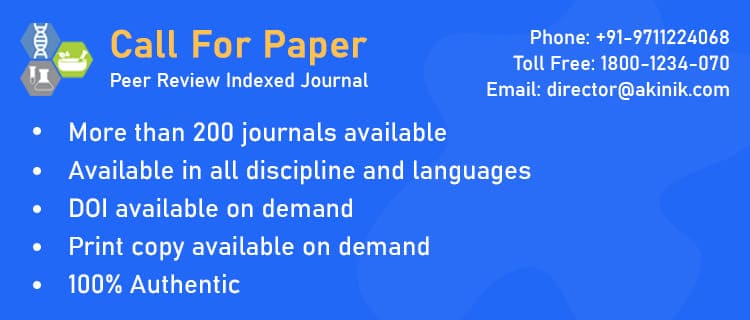- Printed Journal
- Indexed Journal
- Refereed Journal
- Peer Reviewed Journal

Journal of Pharmacognosy and Phytochemistry
Vol. 14, Issue 3 (2025)
Assessing the efficacy of Erandamuladi Niruha Basti in the management polycystic ovarian syndrome in reproductive age women: A pilot study analysis
Yennawar Sandhya, Kanade PR and Deshmukh JS
Polycystic Ovarian Syndrome (PCOS) is a common hormonal disorder that affects women of reproductive age, with an estimated prevalence of 6-10%. First described in 1935 by Stein and Leventhal hence the name "Stein-Leventhal syndrome"-PCOS is typically marked by a mix of symptoms, including elevated levels of androgens (either detected through lab tests or seen in physical signs), irregular or absent ovulation, and the presence of multiple cysts on the ovaries. It’s often linked to insulin resistance and obesity. Among women of childbearing age, PCOS is recognized as the leading and most thoroughly researched cause of infertility due to lack of ovulation.
In Ayurvedic literature, several conditions described under different names such as Artavakshaya, Anartava, Nashtartava, Vandhyayonivyapad, Pushpaghni Jataharini, Shushkarevati Jataharini, Sthoulya, Prameha, Strotodushti, and Santarpanottha Vyadhi share similarities with the symptoms seen in Polycystic Ovarian Syndrome (PCOS). While not identical, these conditions reflect aspects of PCOS and merit deeper analysis within the framework of Ayurvedic principles
According to Ayurveda, PCOS is considered a condition of Bahudoshadushyaavastha a state where multiple doshas and bodily tissues (dushyas) are involved. Because this imbalance gives rise to a wide range of symptoms, treatment focuses on Shodhana Chikitsa (bio-purification therapy). This is a key Ayurvedic approach aimed at addressing the root cause of the disease, not just the symptoms, offering a deeper and more lasting form of healing [3]. According to Charaka, Vata is the primary factor responsible for the development of all types of Yoniroga (gynecological disorders). Therefore, treatment should begin with Shodhana Chikitsa (cleansing therapy), with Basti Karma (medicated enema therapy) being the most important and effective method of purification.
Basti therapy acts on multiple levels of the body, including Shakhagata (tissues), Koshthagata (abdominal cavity), Tiryakgata (circulatory pathways), and Aavaranajanya Rogas (diseases caused by obstruction). It is especially effective in conditions involving Bahudosha Avastha (multiple doshic imbalances). One of the key advantages of Basti is its rapid action-particularly Niruha Basti, which works within minutes-whereas other therapies like Vamana (therapeutic emesis) and Virechana (purgation) can take several hours. This quick response is due to Basti being administered directly into the colon, the primary seat of Vata. So, it is known as “उपक्रमाणां सर्वेषांसोग्रणी”. Most of the ingredients in Erandamulaadi Niruha Basti possess properties such as Katu, Kashaya, and Tikta Rasa (pungent, astringent, and bitter tastes), along with qualities like Sukshma (subtle), Tikshna (penetrating), Ushna Virya (hot potency), and Katu Vipaka (pungent post-digestive effect). These herbs also exhibit actions such as Deepaniya (enhancing digestive fire), Pachaniya (digestive), Anulomana (regulating bowel movement), and are effective in pacifying Kapha and Vata. Additionally, they are known for being Agnivardhaka (metabolism boosters), Artavjanana (menstrual regulators), Medohara (fat-reducing), Shothahara (anti-inflammatory), Pramehaghna (anti-diabetic), Kushtaghna (effective against skin disorders), Vrishya (rejuvenative), and Granthivilayana (resolving cystic formations). These properties collectively contribute to breaking the Samprapti (pathogenesis) of PCOS. Therefore, a focused effort has been made to explore the therapeutic potential of Shodhana Chikitsa in the management of PCOS.
Pages: 87-99 | 701 Views 376 Downloads









